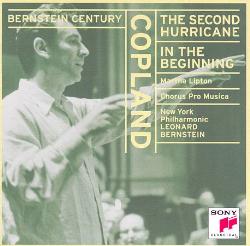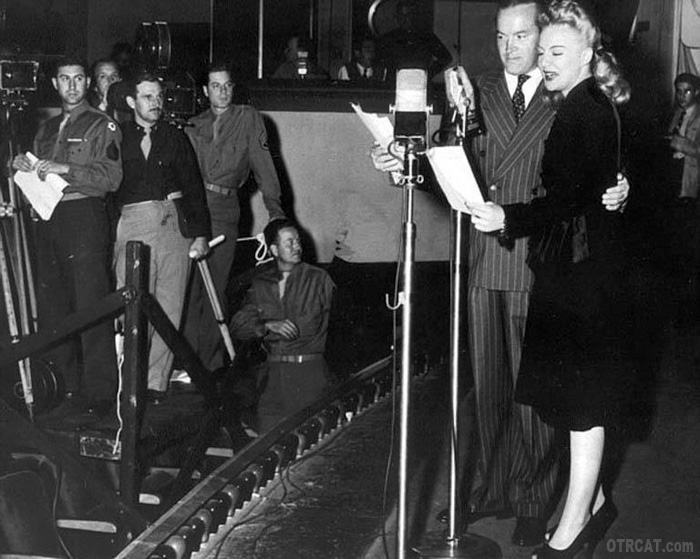Orson Welles: Introduction

Best known as the director of Citizen Kane and for the radio broadcast of H.G. Wells 's "War of the Worlds," Orson Welles was a polymath who excelled as an actor, writer, director, and producer on radio, film, and television. In fact, his reach went so far as television commercials, and by the end of his life, he was a household name for his Paul Masson wine commercials ("we will sell no wine before its time.") Welles was the director of (in addition to Citizen Kane ) The Magnificent Ambersons, The Lady From Shanghai , Touch of Evil, and Chimes At Midnight. In addition to playing major roles in some of these films, he also starred in the classic The Third Man and has more than a hundred screen acting credits to his name. Orson Welles began his career on stage, directing plays under the Federal Theatre Project and then with his company Mercury Theatre. He took the Mercury Theatre to the Air , becoming a radio celeb with broadcasts of productions of va...


















